#st. Patrick
Explore tagged Tumblr posts
Text

#four leaf clover#shamrock#Irish#Ireland#green#luck#lucky#happy st patricks day#st. patrick#st patricks day#March#March 17th#clover
101 notes
·
View notes
Text











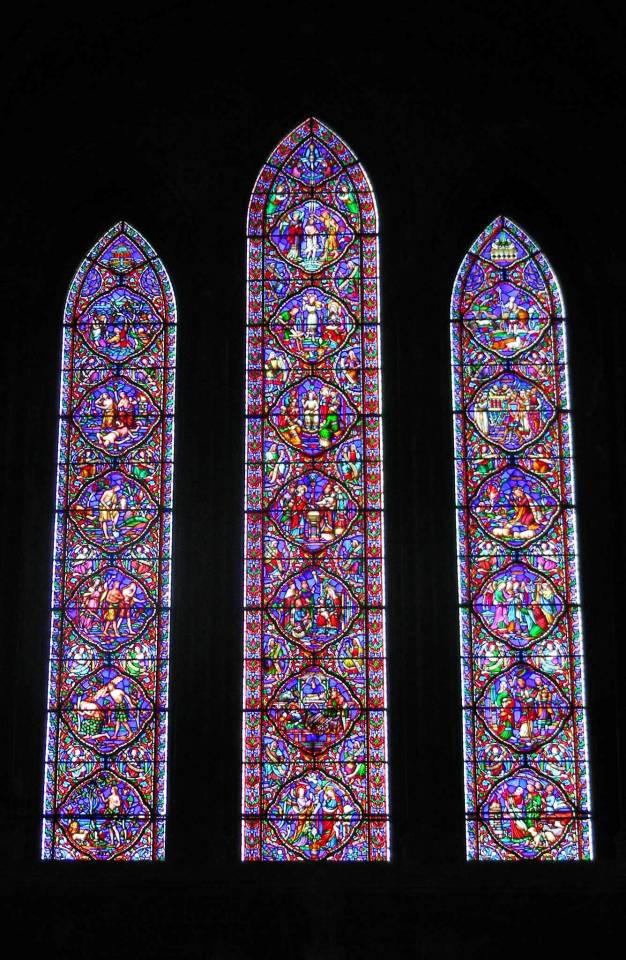
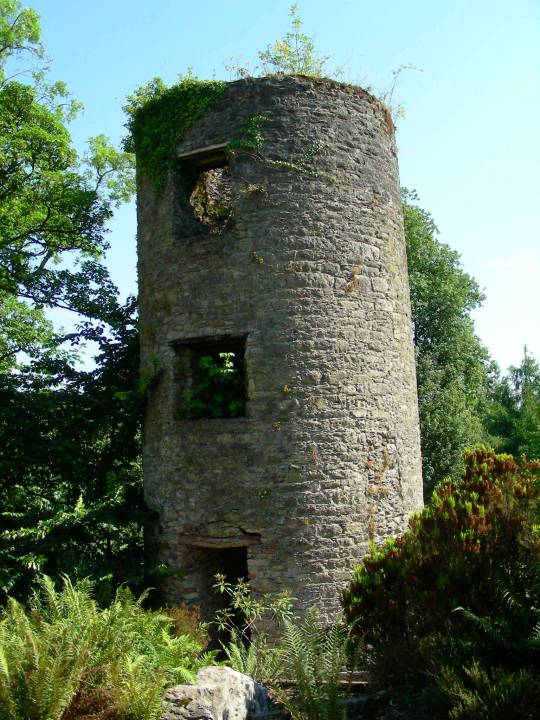
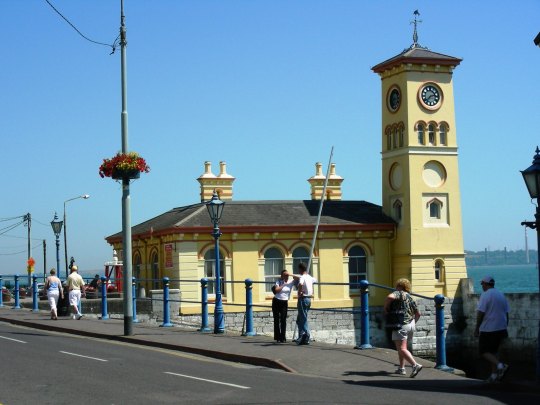

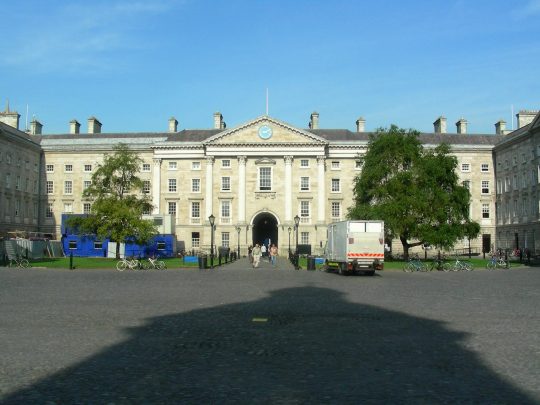


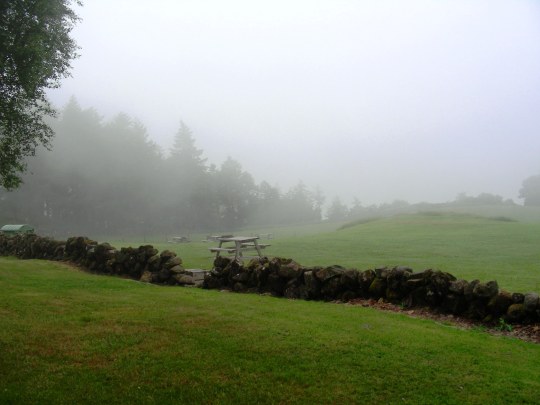

Saint Patrick returned to Ireland as a missionary bishop on April 5, 456.
#Cathedral Basilica of St. Augustine#St Colman's Cathedral#Cobh#Cork#USA#Blarney Castle#Trinity College#Irish Sea#sunset#Liffey River#Dublin#Muir Cheilteach#Ireland#landscape#seascape#countryside#Saint Patrick#St. Patrick#summer 2006#original photography#returned#5 April 456#anniversary#Irish history#architecture#cityscape#tourist attraction#landmark#travel#vacation
40 notes
·
View notes
Text



The beauty of quietness 🍃
#aesthetic#photography#architecture#wallpaper#landscape#classic#nature#usa#indiana#river#country#peaceful#home#park#st. patrick
16 notes
·
View notes
Text

13 notes
·
View notes
Text
St. Patrick
There are two St. Patrick’s.
There’s the corned beef and cabbage, Irish-themed everything, drunken green nonsense version.
And then there’s the other one. The one who was kidnapped and sold as a slave into Ireland. After 6 years of slavery, he escaped.
When he later became a priest, he returned to Ireland. As a missionary. Beginning his ministry in the very place where he had labored as a slave.
This year I ended up spending some time with the other one.
Not because I have anything against drunken green nonsense. But because I was doing a little cleaning up and throwing out. And I found the box that my favorite rosary came in.
It’s a very Irish rosary. Each bead is a squarish piece of green Connemara marble. With a silver-plated chain.
One of the beads is long gone. Much of the silver has worn off. It’s well-loved and well-worn.
In the bottom of that very Irish box was a holy card. With a prayer, the Lorica. St. Patrick’s Breastplate.
It’s a long prayer. Here’s the part I keep coming back to. The part that hits home.
“Christ be with me, Christ before me, Christ behind me,
Christ within me, Christ beneath me, Christ above me,
Christ on my right, Christ on my left,
Christ where I lie, Christ where I sit, Christ where I arise,
Christ in the heart of everyone who thinks of me,
Christ in the mouth of everyone who speaks of me,
Christ in every eye that sees me, Christ in every ear that hears me.”
It’s a prayer that reveals the heart of someone who didn’t give up on anyone. Even those who had done their worst to him.
It’s the prayer of someone who loved like Christ.
I think I need to spend more time with this Patrick.
Today’s Readings
#St. Patrick#Lorica#God#Jesus#Catholic#Christian#Church#St. Patrick's Day#Prayer#Heart#God's Love#Rosary#Moments Before Mass
143 notes
·
View notes
Text


DESCRIPTION:
Silver St Patrick star, set with diamonds; eight-pointed star; centre: ruby St Patrick's cross overlaid with emerald shamrock applied with three gold crowns surrounded by motto QUIS SEPARABIT MDCCLXXXIII, in diamonds on light blue enamel; surrounded by circle of diamonds. Back plate gold; pin gilt.
Queen Victoria was supplied by Rundell Bridge and Rundell with the star of the Order of St Patrick presumably at the same time as the Garter and Bath stars, which had been supplied in September 1838.
However, no invoice to confirm exact delivery survives.
These stars, all of reduced size to a standard star of the time, formed the pattern for the Queen’s subsequent purchases of insignia, including the Star of the Order of the Star of India designed by the Prince Consort.
#St. Patrick's Day#Star of the Order of St. Patrick#St. Patrick#Queen Victoria#British Royal Family#Rundell Bridge and Rundell
19 notes
·
View notes
Text

Happy St. Patrick's Day! Are any of these crystals your lucky charms? 🍀☘️💎
#st. patrick#st. patrick's day#st. patrick's day 2024#st. patrick's#crystals#crystal healing#healing crystals#crystal collection#tiger's eye#labradorite#green aventurine#aventurine#white jade#jade#amethyst#red jasper#jasper#citrine#clear quartz#quartz#amazonite#pyrite#garnet#malachite
11 notes
·
View notes
Text

Happy St. Patrick’s Day!
11 notes
·
View notes
Text
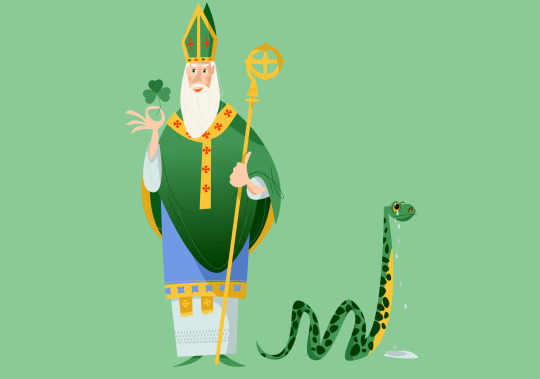
"Among the legends associated with St. Patrick is that he stood atop an Irish hillside and banished snakes from Ireland—prompting all serpents to slither away into the sea. In fact, research suggests snakes never occupied the Emerald Isle in the first place. There are no signs of snakes in the country's fossil record."
10 notes
·
View notes
Text
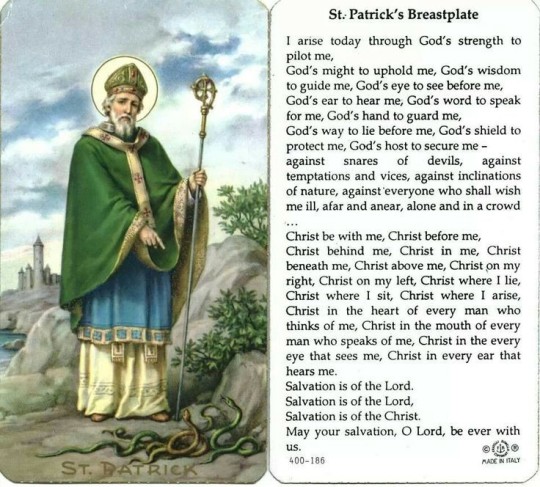
9 notes
·
View notes
Text
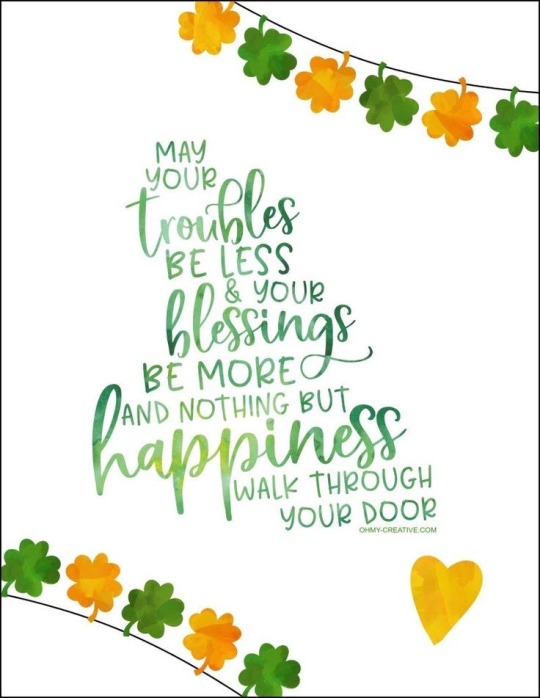
#st. patrick#st. patricks day#happy st patricks day#st. patrick’s day quote#Irish quote#irish blessing#shamrocks#luck#lucky#happiness#Irish wishes#Ireland#Irish
43 notes
·
View notes
Text
St. Paddy and the Leprechaun 🍀

St. Patrick's Day is a celebration of Irish culture and heritage, marked by parades, music, and the wearing of green.
St. Patrick's Day celebrations have been observed in the United States since the 18th century.
The first recorded parade took place in New York City in 1762 when Irish soldiers serving in the British army marched to honor St. Patrick.
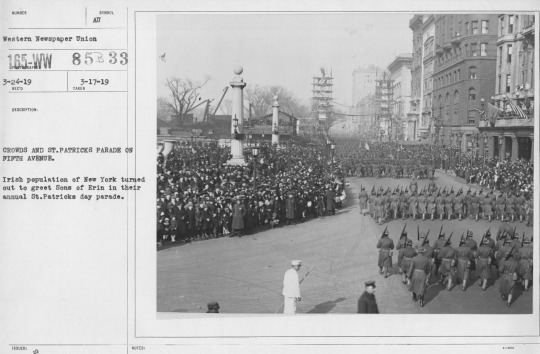
As the Irish-American population grew, so too did the prominence of the holiday, with cities like Boston and Chicago adopting their own grand parades and events.

The National Archives Catalog offers a glimpse into the ways in which the leprechaun has been integrated into American culture.

From political cartoons to advertisements, the image of the leprechaun has been used to represent Irish identity and, at times, to convey stereotypes.
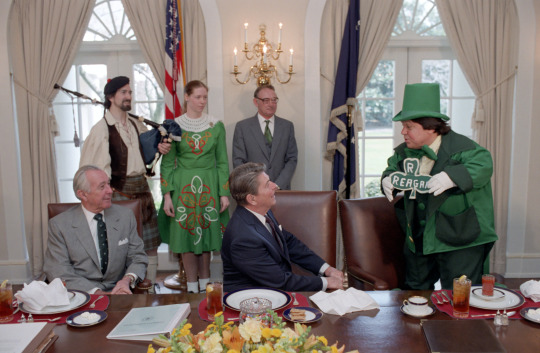
In recent years, St. Patrick's Day has evolved into an opportunity to celebrate the contributions and achievements of Irish-Americans while still enjoying the playful, magical spirit of the leprechaun.
READ MORE:
Irish American Heritage Month-related resources, National Archives News.
The Forgotten Irish: Irish Emigrant Experiences in America, AOTUS blog.
National Archives Digital Records Help Irish Author Write History Books, National Archives News
Irish American Heroes, Text Message blog
61 notes
·
View notes
Text
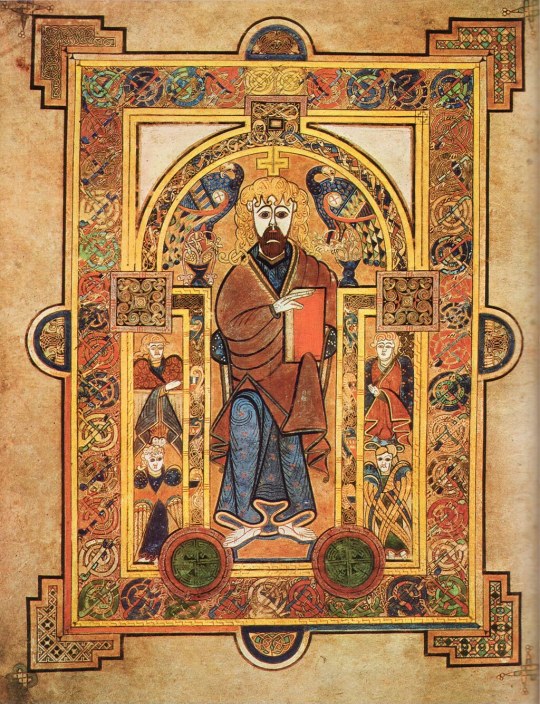
The red-bearded, green-eyed Christ surrounded by four angels. from the Book of Kells The Book of Kells (Latin: Codex Cennanensis; English: Book of Kells; Irish: Leabhar Cheanannais), also known as the Great Evangelical of Saint Colomba, is an illustrated manuscript of ornamental motifs made by Celtic cultural monks around the year 800. Considered a masterpiece of Irish Christianity and Irish-Saxon art, it, despite being incomplete, constitutes one of the most lavish enlightened manuscripts that have survived the Middle Ages. Due to its great beauty and excellent finishing technique, the manuscript is considered by many specialists to be one of the most remarkable vestiges of medieval religious art. Written in Latin, the Book of Kells contains the four Gospels of the New Testament as well as introductory and explanatory notes, all accompanied by many colorful illustrations and illuminations. The manuscript is on permanent exhibition today in the library of Trinity College in Dublin, Ireland, under the reference MS 58. The arrival of St. Patrick in the 5th century marked the end of paganism and opened the era of Christianity. Irish Christianity developed on a ground strongly marked by the religion of druid, holders and keepers of the prophetic vision, and sacrifices, ritual calendar and laws. St. Patrick, who evangelized the Irish in the fifth century, perfectly exploited the Celtic imagination to lay the foundations of the new religion, and in some thirty years the conversion of the island was complete.
[Robert Scott Horton]
+
That the Druids held in trust secrets of science and mystic lore we know. Persecution by the ignorant and the superstitious slew, and drove into hiding the wise and the understanding, and robbed the lands of the Kelts of music and poesy, of art and grace, save that which was interwoven in the soul of the people and made them what they were.
Annie Besant, introduction to The Druids and Theosophy, by Peter Forman, (1924)
11 notes
·
View notes
Text
This St. Patty's Day, give your friends and relations the gift of knowing that St. Patrick turned the King of Wales into a Werewolf

#st. patrick's day#st. patrick#wolf#werewolf#Wales#Veretius#Showing up at the bar dress like a wolf taking no feedback about my life choices#Showing people this page of Brewer's Phrase and Fable as my only explanation
10 notes
·
View notes
Text

10 notes
·
View notes
Text



















All Saints’ Day
All Saints’ Day is a Christian festival [actually a Catholic holiday] that honors saints, and also celebrates the victory of Christ over death. The definition of saints and those who are being honored on the day are often looked at differently in Catholic and various Protestant churches.
In the Catholic Church, the day is seen as honoring saints that don’t have their own day of celebration. Many Protestants use the day to honor all Christians, both past and present. The day takes place on November 1 in Western churches in Europe and the Americas, such as in Anglican, Roman Catholic, Methodist, Lutheran, and some other Protestant churches. It is part of the Roman Rite in the Catholic Church and is a Principal Feast in the Anglican Church. It takes place a day before All Souls’ Day and a day after All Hallows’ Eve, commonly known as Halloween. Many Eastern churches observe the day on the first Sunday after Pentecost.The day begins with Vespers on All Hallows’ Eve, and the days’ observation lasts for the duration of November 1. In some congregations, a candle is lit or a bell is rung, and the names of congregants who have passed away in the previous year are read. Other prayers and readings may take place on the day. Various customs take place in different countries, such as offerings being made and graves being visited. It is a national holiday in some countries that are predominantly Catholic, but it is not in the United States.The roots of the day go back to the early Christian church. In the late fourth or early fifth century, days dedicated to all saints began being celebrated.
These days were held on different dates in different places. An All Saints’ Day began being celebrated in the British Isles at the beginning of the eighth century, possibly along with or to replace Samhain, a Celtic festival. However, some believe the choice of November 1 for the date was a Germanic idea, not being tied to the Celtic holiday. In 835 CE, Pope Gregory IV officially set the date of the holiday to November 1. After the Reformation, many churches that broke off from the Catholic Church continued to celebrate the day. In some of these churches, it is not always celebrated exactly on November 1, instead being observed on a Saturday or Sunday near it.All Saints’ Day, also known as All Hallows’ Day, All Hallows Tide, Feast of All Saints, Hallowmas, and Solemnity of All Saints, is being observed today! It has always been observed annually on November 1st.
If you are of the Christian faith, you could observe the day by attending a church service and visiting graves of loved ones who have since passed. There are various other ways the day could be observed, such as by having an All Saints’ Day party or learning about saints. If you are not religious, you could still have an All Saints’ Day party and eat some traditional foods associated with the day.
Source
#St. Francis Winery & Vineyards#St. Francis of Assisi by Beniamino Bufano#USA#Robert Mondavi Winery#San Antonio#St. George#St. Peter#Sweden#St. Michael and the Dragon#Notre-Dame-de-Bon-Secours Chapel#Montréal#Québec#St. Georg#Germany#St. Patrick#Cathedral Basilica of St. Augustine#Ss. Peter and Paul Church#All Saints’ Day#1 November#AllSaintsDay#Basilique Notre-Dame de Montréal#La Cathédrale de Strasbourg#St. Patrick's Cathedral#New York City#travel#original photography#vacation#architecture#tourist attraction#cityscape
3 notes
·
View notes